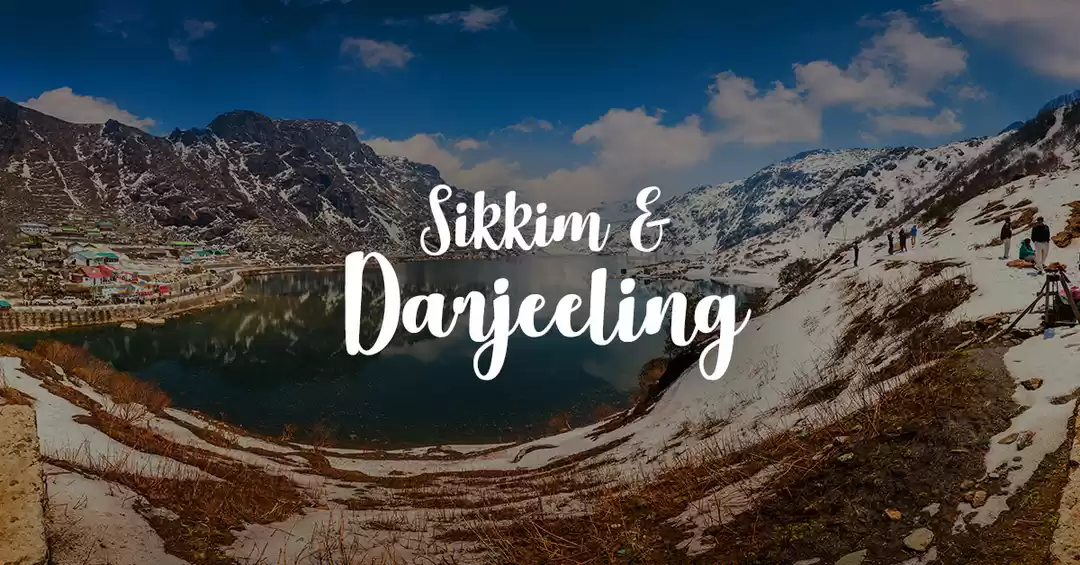South Asia, a region known for its diversity, is rich in history, culture, and traditions. This part of the world offers a unique blend of ancient customs, vibrant festivals, and architectural wonders that attract travelers from around the globe. If you’re looking to immerse yourself in cultural experiences, here are the top countries in South Asia that should be on your travel list:

1. India: A Cultural Kaleidoscope
India is a country that embodies the essence of diversity. With its many languages, religions, and regional traditions, India offers a cultural experience like no other. Here are some must-visit destinations for culture enthusiasts:
Rajasthan: Known as the Land of Kings, Rajasthan is famous for its palaces, forts, and vibrant festivals like Diwali and Holi. Cities like Jaipur, Udaipur, and Jodhpur showcase the opulence of the Rajput era.
Varanasi: Situated on the banks of the Ganges, Varanasi is one of the oldest living cities in the world and a major pilgrimage site. Witnessing the Ganga Aarti is a deeply spiritual experience.
Kerala: Dubbed “God’s Own Country,” Kerala is known for its classical dance forms like Kathakali, as well as traditional ayurvedic treatments. Explore the tranquil backwaters and participate in local festivals like Onam.
2. Nepal: A Spiritual Haven
Nepal, nestled in the lap of the Himalayas, is not only known for its natural beauty but also for its rich cultural heritage. As the birthplace of Gautama Buddha, it has deep spiritual significance for Buddhists and Hindus alike.
Kathmandu Valley: The valley is home to seven UNESCO World Heritage Sites, including the Swayambhunath Stupa (Monkey Temple), Pashupatinath Temple, and Bhaktapur Durbar Square. These sites are great for understanding the intricate architecture and religious practices of the region.
Lumbini: Known as the birthplace of Buddha, Lumbini is a pilgrimage site for Buddhists from around the world. It features the Maya Devi Temple and various monasteries built by Buddhist communities from different countries.

3. Sri Lanka: The Pearl of the Indian Ocean
Sri Lanka, with its ancient temples, colonial architecture, and diverse ethnic communities, offers a unique cultural experience. The country’s history stretches back over 2,500 years, and its vibrant traditions are reflected in its festivals, food, and art.
Kandy: This city is home to the sacred Temple of the Tooth Relic, one of the most important pilgrimage sites for Buddhists. The annual Esala Perahera, a grand procession featuring traditional dancers, drummers, and decorated elephants, is a highlight.
Jaffna: Located in the northern part of the island, Jaffna is a center of Tamil culture. Visitors can explore Hindu temples, enjoy local Tamil cuisine, and learn about the region’s rich history and resilience.
Galle: A former Dutch colonial town, Galle offers a blend of European architecture and Sri Lankan culture. The Galle Fort, a UNESCO World Heritage Site, is perfect for a leisurely stroll through its quaint streets.
4. Bangladesh: A Land of Art and Festivals
Bangladesh is often overlooked, but it offers a deep cultural experience with its rich traditions, vibrant art forms, and historical sites.
Dhaka: The capital city is a cultural hub, known for its lively festivals like Pohela Boishakh (Bengali New Year) and the colorful celebrations of Durga Puja. Dhaka is also famous for its traditional textile crafts, such as Jamdani sarees.
Sundarbans: This UNESCO World Heritage Site is home to the Royal Bengal Tiger and offers a glimpse into the life of the local communities who live harmoniously with nature. It’s a great place to learn about traditional fishing and honey collection.
Srimangal: Known as the “Tea Capital of Bangladesh,” Srimangal offers a serene environment with tea gardens, tribal villages, and traditional dance performances by the indigenous people.
5. Bhutan: The Last Shangri-La
Bhutan, known as the “Land of the Thunder Dragon,” is a country where traditional Buddhist culture remains untouched by modernity. Bhutan’s emphasis on Gross National Happiness reflects its deep-rooted spiritual values.
Thimphu: The capital city is a blend of tradition and modernity, where you can see monks in monasteries alongside contemporary art galleries. Visit the Tashichho Dzong and the National Memorial Chorten to get a feel of Bhutanese spirituality.
Paro: Paro is home to the iconic Tiger’s Nest Monastery (Paro Taktsang), perched on a cliffside. It’s a place of pilgrimage and offers stunning views of the surrounding mountains.
Punakha: Known for the picturesque Punakha Dzong, the city is a symbol of Bhutanese architecture and is deeply connected to the country’s religious history.

Final Thoughts
South Asia is a treasure trove of cultural diversity, offering travelers the chance to explore ancient traditions, stunning architecture, and spiritual practices. Whether it’s the vibrant festivals of India, the serene monasteries of Bhutan, or the ancient temples of Sri Lanka, each country in this region promises a unique journey into the heart of its culture.














